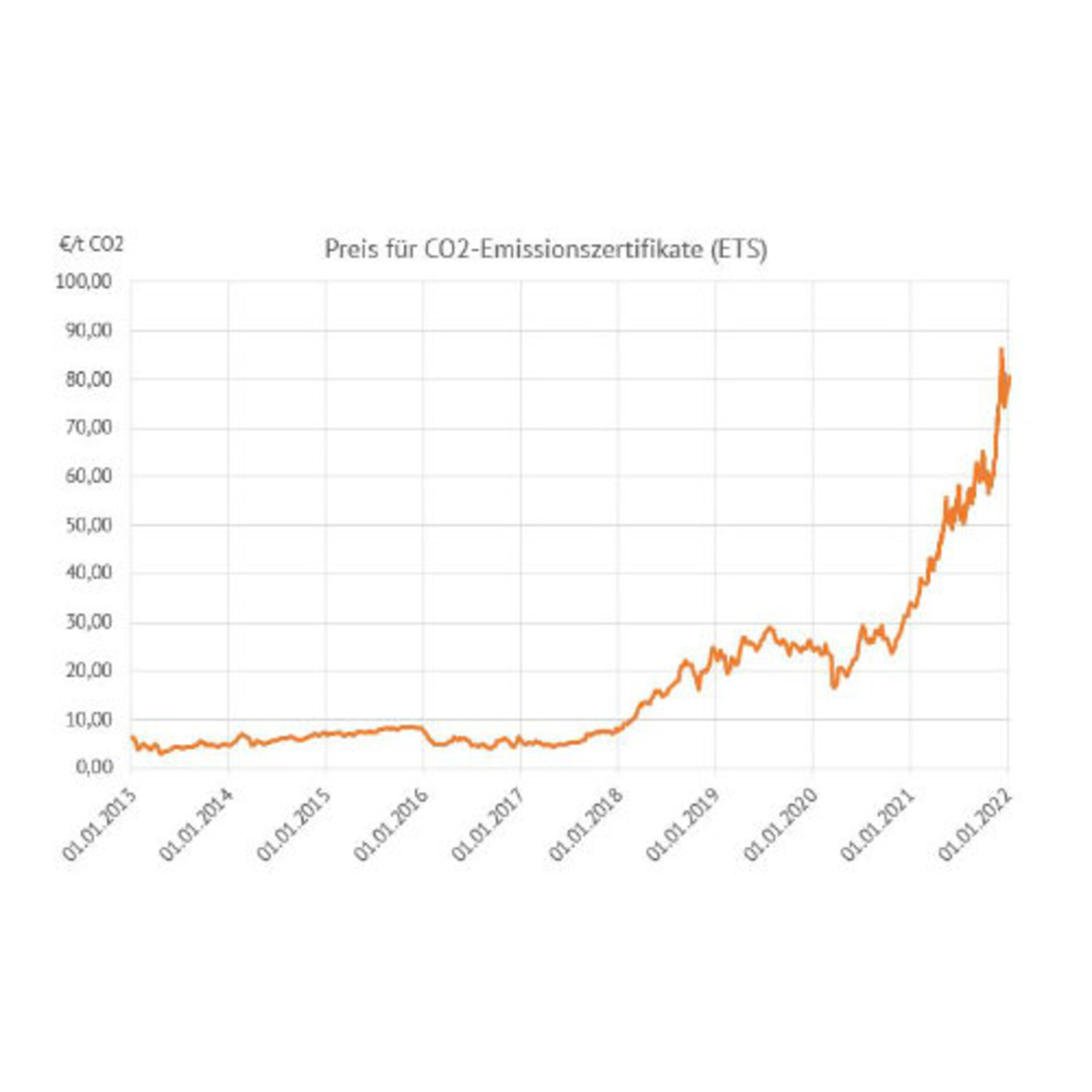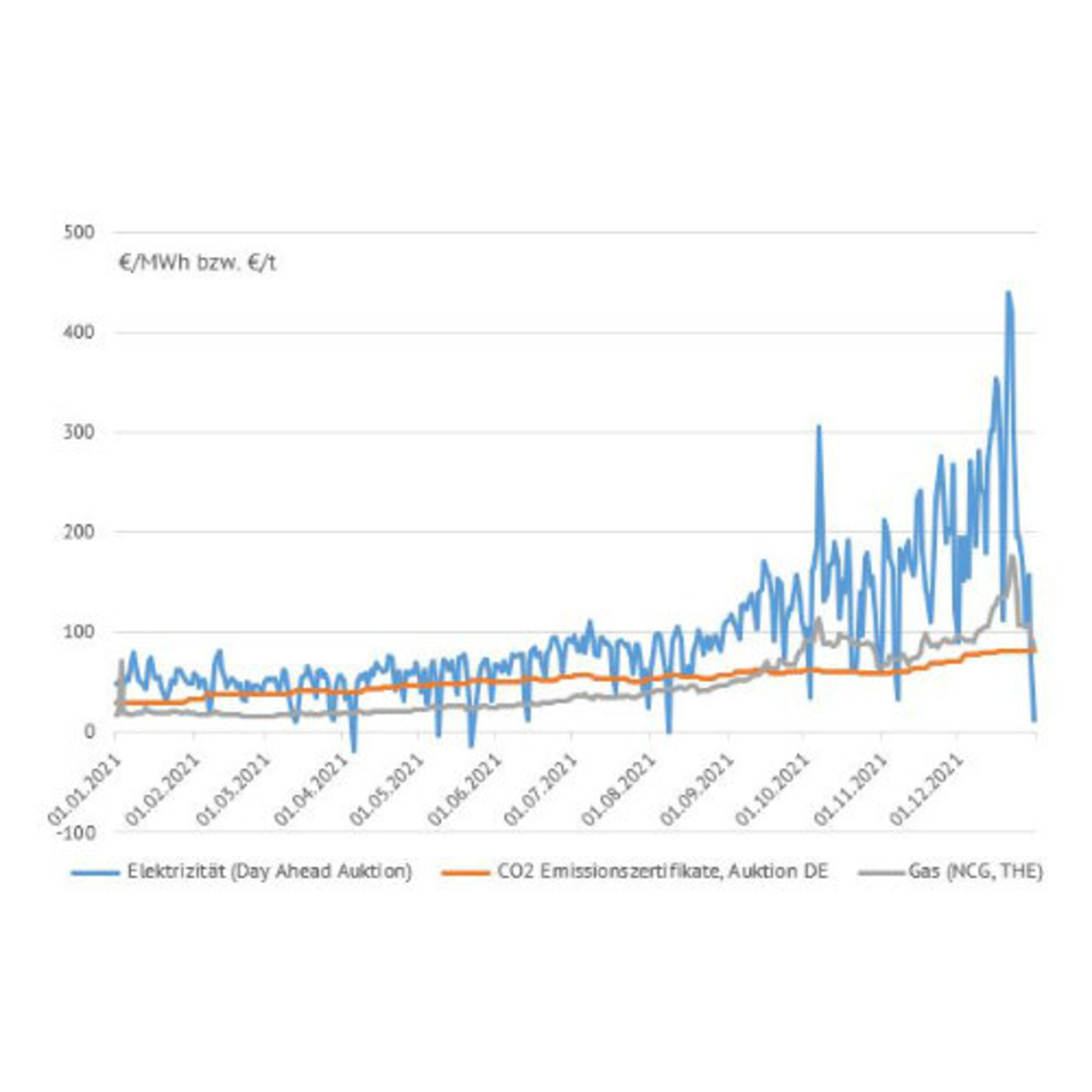In Germany, the cost of electricity and gas has risen dramatically in recent months
What is causing this rise in energy costs? What do the waves of cancellations by electricity and gas providers have to do with it? And what impact does the falling Renewable Energies Act (EEG) levy have? We'll give you the answers.
Electricity and gas providers cancel existing contracts and reject new customers
Some electricity providers are stopping deliveries, terminating existing customers, rejecting new customers or increasing tariffs for consumers. The reason is the extreme increase in wholesale prices for electricity and gas. Low-cost suppliers in particular are having major problems maintaining prices and contracts. In some cases, they even have to file for bankruptcy.
The main cause is the suppliers' very tightly calculated procurement strategy. If consumers receive a notice of termination from their electricity supplier, they either automatically switch to the tariff of the regional basic supplier or look for a new supplier themselves. These cannot always cope with the flood of new customers. Gas or electricity procurement is not designed for such a large number of new customers. Market prices are too expensive to maintain the rates offered. Basic suppliers increase prices for gas and electricity accordingly. Other electricity suppliers reject new customers.
Situation worsens: development of energy costs
Limited electricity volumes
Some suppliers have purchased less energy in advance than they are currently selling. They now have to stock up on the spot market for energy. The price per kilowatt hour there is essentially formed according to marginal costs. An energy supplier only charges what the additional supply quantities cost it.
In the case of renewable energies, these marginal costs approach 0. In winter, however, there is a shortage of energy volumes that have not yet been sold in advance. If, in addition, there is comparatively little wind, this effect is intensified by the lower generation volumes of renewable energies.

Influence of the energy transition
Coal-fired power plants have traditionally been the next cheapest energy suppliers. However, they are increasingly burdened byCO2 costs. The chart opposite shows the additional burden caused by the prices ofCO2 emission allowances.
As part of the energy turnaround, it was decided to phase out coal. As a result, less energy is being generated. The supply is limited.
Natural gas cheapest energy source in comparison
In neighboring countries such as France, too, the high failure rate of nuclear power plants due to defects and maintenance work, among other things, is reducing the supply of electricity on the market. Thus, in the current situation, natural gas is the cheapest energy source available on the spot market. Gas-fired power plants therefore play an even greater role in electricity generation.
For Germany, Russia is by far the biggest source of gas. The current geopolitical shortage of gas supplies is having a massive impact on spot market prices for electricity.

The comparatively high demand for gas in the winter months empties gas storage facilities and tightens the supply situation. The adjacent chart shows an overview of the price development of electricity, gas and CO2 emission allowances.
The correlation of the developments is clearly visible: Whereas the price of electricity averaged €40/MWh for a long time, it is now in the region of €400/MWh in some cases. Gas prices are generally at a lower level compared to electricity. But here, too, the increase is immense. Accordingly, it is difficult for gas and electricity suppliers to maintain their tariffs.
Another reason for the cost increase is rising network charges. However, their impact is relatively small.
Effects of the falling EEG levy
The Renewable Energy Sources Act (EEG) surcharge was reduced from 6.5 ct/kWh in 2021 to 3.723 ct/kWh in 2022. However, utilities are reluctant to pass on price reductions to their end customers. In any case, the cost increase on the market far exceeds the relief provided by the reduced EEG surcharge. Consequently, the reduction is hardly noticeable.
The coalition committee of February 23, 2022 launched ten relief steps for consumers: they are intended to counteract the financial burdens caused by high energy costs. In the first step, the EEG surcharge will be completely eliminated from July 2022. However, the effect is likely to fizzle out, as electricity and gas prices are influenced by much stronger factors than the abolition of the EEG surcharge. It is also uncertain whether the nine other planned measures will be able to offset the additional costs proportionately.
Expansion of renewables
If the weather situation for renewables becomes more profitable again, the issue of gas supplies remains unclear. In view of the war in Ukraine, a political shift is taking place. The voices for an energy supply independent of Russia are getting louder. On the one hand, certification of the Nord Stream 2 gas pipeline has been halted. On the other, in the Committee on Climate Protection and Energy on February 25, 2022, Federal Minister Habeck pointed out the need to accelerate the expansion of renewable energies. However, this measure only works in the long term.
Only antidote: energy efficiency
You as a citizen, as a company or as a municipality cannot significantly influence the aforementioned factors that lead to expensive energy. You have only one option to counteract the energy costs: More energy efficiency.
Energy efficiency and savings pay off much more now, given the high prices. In addition, an amendment to the Energy Efficiency Directive is currently being prepared at EU level. It is intended to make certified energy management systems mandatory for companies with very high energy consumption. Whether it's reducing energy costs, meeting legal obligations or the major goal of climate protection itself - there are plenty of reasons to increase your own energy efficiency.
Act now
We will be happy to answer any questions you may have on the subject of energy costs, energy and climate management. Would you like to learn more about the implementation of IngSoft InterWatt? Feel free to call us at +49 (911) 430879-100 or send us an e-mail:
Don't miss anything more! Subscribe to our newsletter now:
Events
All eventsNews
All news
CSRD: These sustainability reporting obligations on energy and climate must be complied with
